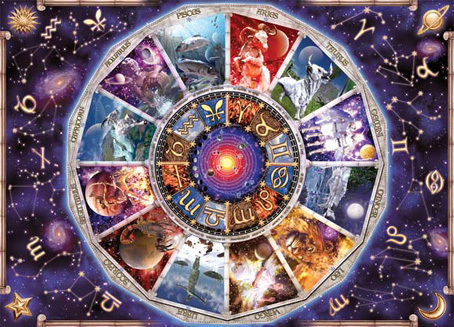The art movie that beats all other art movies when it comes to everything
By Idrian Burgos, Senior Columnist
5/5
Another edition of the Vancouver International Film Festival (VIFF) has ended, and with it a roster of films that challenged our preconceptions about cinema and life. They brought us to undiscovered worlds, gave us stories we don’t see in mainstream cinema, and made us question what we see, hear, and think. Just like other film festivals, VIFF has shown us films that are rich in meaning, excellent in technique, and brilliant in other aspects. They’re incomparable to commercial movies.
Yet the movie that best reaches—nay, exceeds—these criteria didn’t even appear at the festival. This, of course, is The Pencil.
The Pencil is directed by someone who simply goes by the name of Festo, because that’s how avant-garde he is. The film is about an unemployed worker (played by Festo) who one day comes across a pencil that seemingly talks to him telepathically—though the audience doesn’t hear the pencil speak. The pencil directs him to go to an unknown destination through an undefined direction. Along the way, his trip through the clean and orderly streets of the unnamed city is juxtaposed with various images and sounds.
The images and sounds set alongside the nameless character’s journey are unarguably the film’s highlights. They differ with each other in significant ways. We see a mountain sunrise, children blowing bubbles in a backyard, a detailed portrayal of a lion-zebra chase and its predictable result, and termites progressively chewing at a neglected house. A scene of SpongeBob repeatedly hitting himself in the head with his foot is followed by a moving, abstract image of swirling colours, accompanied by stock sitar music.
Sounds are either placed over images or stand by themselves. Sheldon’s signature “Bazinga!” line is superimposed over Johnny Weissmuller’s iconic chest-beating and Tarzan yell. A series of sound clips, including an excerpt from a Bush speech, Lady Gaga singing, and vocalized cat meows, are played while the screen shows a still image of a man picking his nose—the film’s version of a blank screen.
Sometimes, the sounds and images are manipulated in diverse ways. The scene where Festo looks out a window is followed by the image of a runway model, which is turned upside down, stretched lengthwise, duplicated all over the screen, and set to the Halo soundtrack.
Such scenes obviously present different meanings to the audience members. Does a particular scene represent the effects of capitalism, the erosion of human relationships, or that math assignment that’s a couple of months overdue? Does the scene of a panda repeatedly eating bamboo signify the situation of man in society, or my laziness and lack of exercise? Does the abstract, colourful image represent unexplored outer perceptions, a reminder that I need to take out the garbage, or is it a pointless and unnecessary picture? Does the fact that the main character and the city are nameless suggest the nature of modern existence, or the director’s laziness in coming up with names?
Festo’s film is superb in its average, uninteresting manner. His directing is likewise laudable in its originality and freshness.
Overall, The Pencil exceeds the likes of Citizen Kane and The Godfather trilogy. Its direction and meaning are exemplary and worthy of reflection and imitation.

